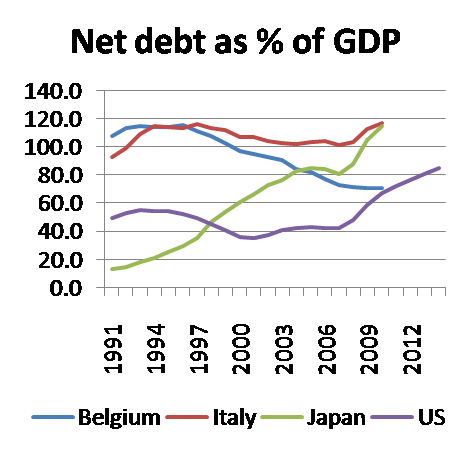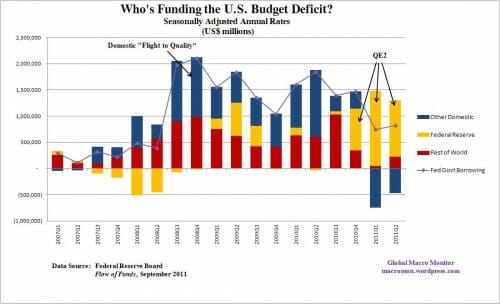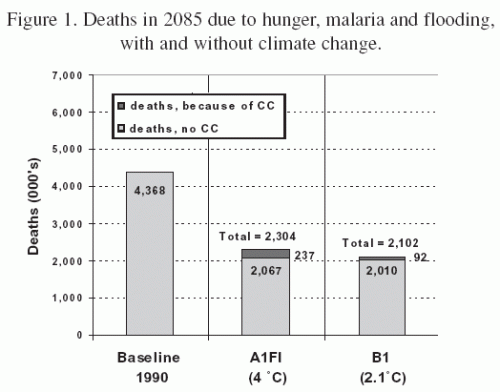A bit over a week ago, I forecast that we had passed the economic bottom and would soon be back on the way up. The IBD lists a number of reasons why I may be correct: (ht: Carpe Diem)
"¢ A broad rally in stocks, confirmed last Thursday, continuing into this week and led by the beaten-down financials.
"¢ A surprising 22% surge in February housing starts to a seasonally adjusted annual rate of 583,000 units.
"¢ A back-to-back jump in retail sales ex autos, in both January and February.
"¢ A return to profitability at several major banks, including Citigroup, Bank of America and JPMorgan.
"¢ A doubling in the obscure but important Baltic Dry Index, a key indicator of global trade flows.
"¢ An upwardly sloping yield curve, which Fed research suggests all but ensures a rebound by year-end.
"¢ A Housing Affordability Index that has hit an all-time high.
"¢ A two-month improvement in wholesale used-car prices, measured by the Manheim Index.
"¢ A rise in Monster's Employment Index in February, suggesting a turn in the job market may be around the corner.
"¢ A 4 1/2-year high in the dollar against other major currencies, on a trade-weighted basis.
"¢ A sharp increase in the money supply, as measured by M2 and M1. Weekly M2 growth has averaged 10.1% year-over-year since the start of 2009, while M1 has grown at a 14.6% rate.
"¢ A two-month rally in the Index of Leading Indicators.
"¢ A growing body of evidence that the "liquidity crunch" is dead. Data show nearly $14 trillion in liquidity on the sidelines of the markets, ready to boost consumer spending, credit growth or further stock market gains.
Of course, this makes the entire argument for the trillion dollar plus stimulus bill moot. If my company had started spending itself into debt to fight some sort of emergency, and then found the emergency did not exist, you can bet we would be spending every hour of the day to stop as much of that emergency spending as possible. Not so in Washington. Despite now forecasting an improving economy, and basing his budget on this being a milder-than-normal recession, Obama has not even suggested any roll-back in the massive spending and debt-creation program. Which just goes to prove that the "stimulus" bill had nothing to do with stimulus in the first place, but was a leftish spending plan sold based on panic, in exactly the same way the Bush administration sold the Patriot Act.
In fact, much of Obama's remaining legislative agenda (including nationalization of parts of the health care system and a Co2 cap-and-trade system) include what are effectively large tax increases that cannot realistically be passed in the depths of a recession. So expect a lot of talking up of the economy to prepare the way for these tax increases, not to mention the tax increases that will be necesary, but have not yet been proposed, to pay for the servicing of the huge debt and new spending we just took on.
One final prediction: As the economy improves enough for the average person to see the improvement, expect the Obama administration to be spinning like mad. Their first objective will be to take credit for the recovery. This is absurd, as it appears that the recovery will start long before the first dollar of spending occurs. The media may, however, let him get away with this. If it does not, his second story will be that the confidence exuded by the passing of the stimulus bill created the recovery. This is also absurd on its face, given the crash in equity prices after the stimulus bill was passed and the extreme general skepticism about the stimulus in poll numbers.
Postscript: By the way, I would argue the whole story of this stimulus bill is a microcosm of the climate debate. Extreme panic was generated based on a fear that their might be some possibility of a catastrophe (ie a second Great Depression) and that on the precautionary principle, we spent a trillion dollars just in case. Remember that in January, Obama said there will be - not might be - another 5 million job losses, a number we will come nowhere near.
As it turned out, there was never a realistic chance of a catastrophe, but the costs will remain, and all the while the panic over the issue was used as cover to pass a whole range of freedom-reducing initiatives. Naomi Klein was half right in the shock doctrine -- there are folks who use emergencies to successfully push for radical change, but it is almost always the forces of more government control who win out, not the supporters of laissez faire.
Update: A similar list here from Forbes.





